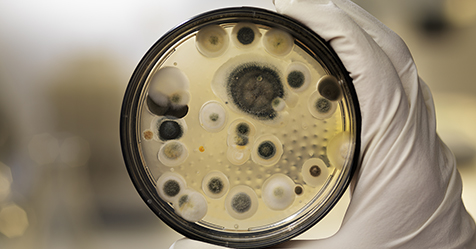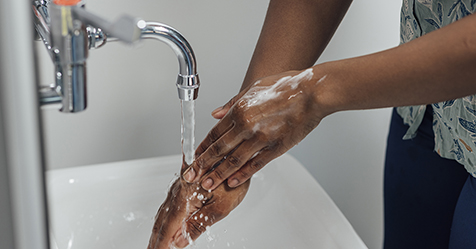Facility Cleaning with Drones
Going where men (and women) have gone before—but would rather not—cleaning drones are being used for all sorts of sky-high applications.
As recently reported by KATC news in Lafayette, Louisiana, the top of the hometown sports arena and convention center—appropriately named the Cajundome—was getting covered in dirty grime, and something had to be done about it.
How do you clean a dome that’s 165-feet high? In the last century, that would have required several human workers and a good deal of risk.
As Pam DeVille, director of the Cajundome, told KATC, “You had men that were tethered to the top of the roof going down and actually scrubbing it. There aren’t many people who would consider that a long-term job.”
But now, in the 21st Century, it’s achieved with drones.
In the case of the Cajundome, Jordy Marks, owner of L.A. Drone Services, came up with the idea of using two drones and an environmentally safe cleaner to low-pressure wash the facility’s dome over a two-day period.
Not a New Idea
However, using drones to clean hard-to-reach places isn’t really that novel of an idea. Cleaning drones have been used for several years on all sorts of applications up in the air.
In 2013, Digitaltrends reported on an Electrolux gizmo that would release into the air hundreds of tiny drones to clean a room’s interior. In 2015, WC3D GmbH, a drone-cleaning company in Germany, developed its prototype drone for cleaning skyscraper windows. Scorpion Drones, a Miami-based distributor of agricultural drones, has been marketing the “Lavado” drone—designed to soft wash rooftops—since 2018.
Back in 2020 during the height of the COVID-19 pandemic, we here at CMM reported on the use of drones by Lucid Drone Technologies Inc. of Charlotte, North Carolina, to disinfect Mercedes-Benz Stadium for Atlanta Falcons NFL games. CNN reported in 2021 on the use of drones to clean up plastic waste worldwide via United Kingdom-based startup Ellipsis Earth. And this year, tech website Mashable highlighted “HELIOS,” a drone specifically designed to clean solar panels.
Safer and Less Costly
According to Lucid Drone Technologies, because high-power washing isn’t efficient for the flying operations of drones as well as being potentially harmful to exterior surfaces, they instead use biodegradable chemicals and a softer rinse to do their cleaning. The result is equally as effective and much safer—not only for the facility’s surfaces and the environment, but also in terms of manpower. In a similar vein, as drone use drops the risk to workers, it helps keep facility insurance premiums lower as well.


